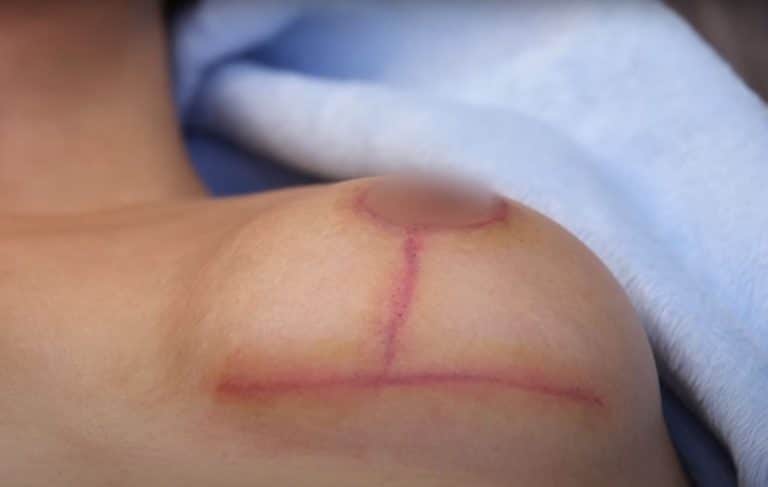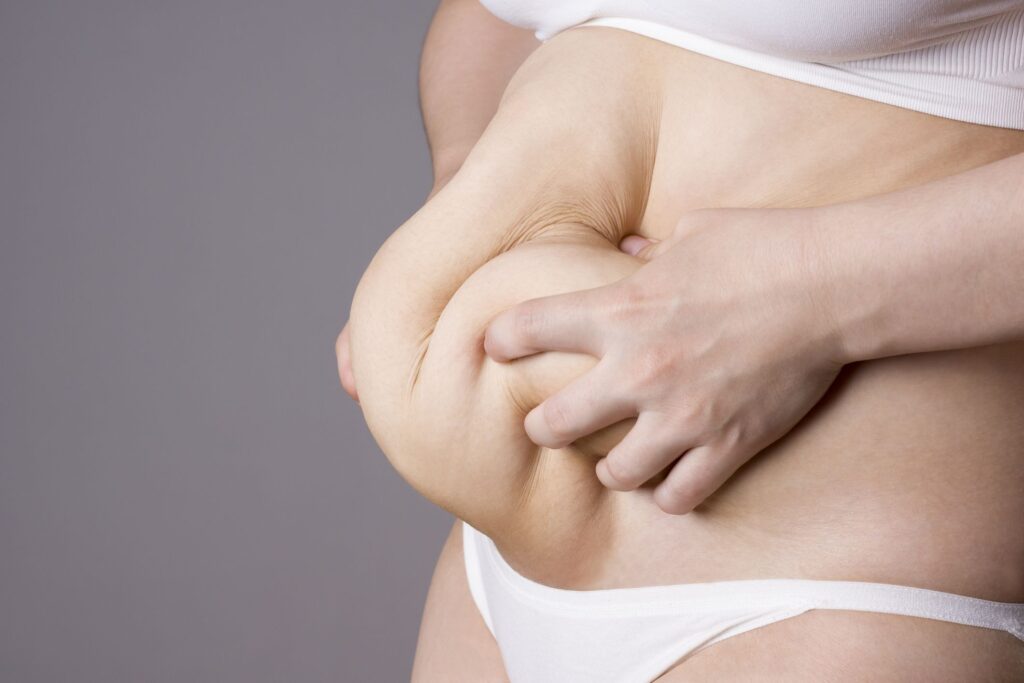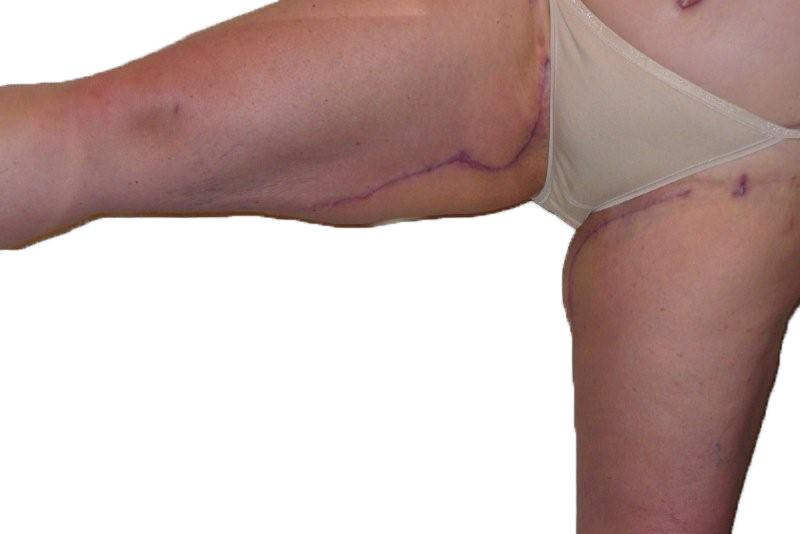Key Takeaways
- Areola reconstruction offers a final step in the journey of breast reconstruction, providing both a physical and psychological sense of completeness for those who have undergone mastectomy or other breast surgeries.
- Preparing for areola reconstruction involves consulting with your surgeon to understand the best options for your situation, ensuring you’re physically and mentally ready for the procedure.
- The steps in nipple reconstruction, often preceding areola tattooing, are crucial for achieving a natural-looking result; understanding these steps can help set realistic expectations.
- Proper preparation before the tattooing process, including skin care and choosing the right pigment color, plays a significant role in the success and appearance of the reconstructed areola.
- The tattooing process for areola reconstruction is a specialized technique that requires an experienced artist for the most natural-looking results, emphasizing the importance of selecting a skilled professional.
- Post-reconstruction care is essential for healing and longevity of the tattooed areola, including following all aftercare instructions and attending follow-up appointments with your healthcare provider.
Understanding Areola Reconstruction
Definition
Areola reconstruction is a key step in the journey of restoring the breast’s appearance after mastectomy or injury. It aims to recreate the areola, adding the final touches to breast reconstruction.
This procedure offers individuals a sense of wholeness and helps them regain confidence. It’s not just about aesthetics; it’s about healing both physically and emotionally.
Benefits
The psychological impact of areola reconstruction cannot be overstated. For many, it marks the completion of their reconstructive journey, offering closure and a restored sense of self.
It also plays a crucial role in achieving a symmetrical and natural-looking breast post-surgery. This balance is vital for personal satisfaction and comfort.
Techniques
A variety of techniques cater to different needs and preferences. Tattooing provides a non-invasive option with customizable pigments to match skin tone.
Surgical methods involve grafting and create a more textured look. Each technique has its benefits, allowing patients to choose what best fits their vision for recovery.
Preparing for Reconstruction Surgery
Candidate Criteria
Surgeons emphasize that complete healing from a mastectomy or initial breast reconstruction is crucial before considering areola reconstruction. This ensures the tissue is stable enough for further reconstructive procedures. Patients must undergo thorough medical evaluations to assess their readiness, both physically and emotionally, for this next step in their journey.
The selection process involves detailed discussions about the patient’s health history and expectations. Surgeons look for signs of complete healing and absence of complications from previous surgeries.
Pre-Operative Checklist
Consultations with experienced plastic surgeons form the backbone of pre-operative preparations. During these sessions, patients learn about different surgical techniques available, such as skin grafts, fat grafting, or the use of prosthetics. Understanding the risks associated with each method is vital.
Patients should inquire about the type of anesthesia used, typically general anesthesia, and the specifics of the procedure like small incisions and protective dressing application. Gathering all this information helps in setting realistic expectations.
Expectations and Support
Having realistic expectations cannot be overstressed. It plays a significant role in overall patient satisfaction post-surgery. Surgeons will provide detailed explanations of what can be achieved with areola reconstruction to align expectations with possible outcomes.
Equally important is establishing a strong support system. Family, friends, or support groups can offer emotional backing throughout the process, from preparation through recovery.
Steps in Nipple Reconstruction
Breast Mound
After preparing for reconstruction surgery, the first step involves creating a new breast mound. Surgeons use tissues from other parts of the body or implants to form the breast mound. This sets the stage for nipple reconstruction, ensuring there’s a solid foundation.
The size and shape of the reconstructed breast are crucial. They must match the remaining natural breast for symmetry. Achieving this balance is key for a natural-looking result.
Nipple Creation
Once the breast mound is ready, surgeons move on to crafting a new nipple. They might use local tissue from the newly formed breast or employ nipple sharing techniques from the other nipple. This step is delicate as it aims to mimic the natural look and feel of a real nipple.
Positioning the new nipple correctly is vital. It should align with the patient’s desires and the natural counterpart’s location, ensuring overall harmony.
Skin Grafting
For texture and color, skin grafting techniques come into play. Surgeons may take a small piece of skin from elsewhere on the body to cover the newly formed nipple. This helps in achieving a more realistic appearance and feel.
Careful selection of the donor site ensures that the color matches as closely as possible, enhancing aesthetic outcomes.
Post-Surgical Care
Proper healing requires meticulous post-surgical care. Patients must follow their surgeon’s instructions closely. This includes managing pain, preventing infection, and attending follow-up appointments.
Ensuring proper wound care is critical for both healing and aesthetics. Patients should also be aware that full sensation in the reconstructed area might not return immediately or at all.
Pre-Tattoo Procedure Prep
Artist Selection
Choosing a skilled tattoo artist is crucial. They must have experience in areola tattooing. This ensures optimal results.
The right artist understands the unique challenges of areola reconstruction. They know how to select pigments that match your skin tone. Their expertise can make a significant difference in the outcome.

Skin Assessment
Before the procedure, an assessment is necessary. The artist examines the skin’s condition and blood supply.
This step is vital for choosing the right pigment colors. It also helps determine the appropriate method and amount of pigment needed. A thorough assessment leads to a more natural-looking result.
Environment Setup
A clean, sterile setting is non-negotiable. It prevents infection and ensures safety during the procedure.
The use of local anesthetic may be discussed to manage discomfort. The environment should also support precise color matching and application techniques.
Color Matching
Selecting pigment colors that blend seamlessly with your skin tone is essential. The artist will discuss your preferences and assess your natural coloring.
This process includes considering the size and color of your natural areola, if present. The goal is to achieve a balanced, symmetrical look that you feel comfortable with.
Tattooing Process for Areola
Color Blending
The tattooing technique for areola reconstruction is an art. It uses color blending and shading to mimic the natural look of the areola. The artist carefully selects pigments that match the breast skin or the skin of the inner thigh for a more personalized color match. They then apply these colors in layers to create depth and realism.
Technicians also incorporate details like Montgomery glands into the design. This adds texture and enhances the overall appearance, making it look more authentic.
Pain Management
Most clients report minimal discomfort during the procedure. This is due to reduced sensation in the reconstructed breast area. However, for those who do feel pain, several management options are available. These include topical numbing agents or local anesthesia, ensuring a comfortable experience.
Session Duration
A typical tattooing session for areola reconstruction can last between one to two hours. This depends on the complexity of the design and color blending involved.
Clients might need follow-up sessions. These sessions help with touch-ups or color adjustments as the tattoo heals and settles into the skin. It ensures that the final appearance meets expectations.
Care After Reconstruction
Immediate Care
After the tattooing process for areola reconstruction, proper care is crucial. Patients should follow their healthcare provider’s instructions for dressing changes. This helps prevent infection and ensures optimal healing. Monitoring the area for signs of infection, such as redness, swelling, or unusual discharge, is essential.
Pain management also plays a key role in immediate post-procedural care. Over-the-counter pain relievers can help manage discomfort. However, patients should consult their healthcare provider before taking any medication.
Long-Term Maintenance
For long-term care of the reconstructed areola, sun protection is paramount. The sun can cause fading, so applying sunscreen to the area when exposed is vital. Regular check-ups with the healthcare provider will help monitor the reconstruction’s condition over time.
Patients should also be prepared for potential minor revisions. Touch-ups may be necessary to maintain the desired appearance as the skin heals and ages.
Realistic Expectations
Understanding that areola reconstruction outcomes vary is important. Factors like skin type and individual healing processes affect the final appearance. Health insurance may cover some costs associated with reconstruction, but patients should verify coverage details beforehand.
Maintaining realistic expectations about durability and appearance helps ensure satisfaction with the outcome. Open communication with healthcare providers about concerns or questions regarding reconstruction outcomes is beneficial.
Final Remarks
Areola reconstruction offers a beacon of hope and a step towards wholeness for many. Through understanding the journey from preparation to care after reconstruction, you’re now equipped with the knowledge to make informed decisions. The process, while detailed, opens a path to healing both physically and emotionally. It’s about reclaiming your body and your confidence. Remember, choosing an experienced surgeon and following their guidance on pre and post-care is crucial for the best outcomes.
Taking this step can be transformative. If you’re considering areola reconstruction, reach out to a specialist. Ask questions, express your concerns, and get all the information you need. Your journey to recovery and self-acceptance is deeply personal, but you’re not alone. There’s a community and professionals ready to support you every step of the way. Make that call today; start your path to healing.
Frequently Asked Questions
What is areola reconstruction?
Areola reconstruction is a surgical procedure aimed at recreating the areola, typically after breast surgery. It can involve tattooing to replicate the color and texture of the areola.
How should I prepare for areola reconstruction surgery?
Preparation includes consulting with your surgeon to discuss expectations, obtaining necessary medical evaluations, and avoiding certain medications or supplements that might increase bleeding risk.
What steps are involved in nipple reconstruction?
Nipple reconstruction generally involves creating a new nipple from surrounding skin or using grafts, followed by tattooing to add color and create a more natural-looking areola.
What do I need to do before getting an areola tattoo?
Before tattooing, ensure the surgical site is fully healed. Your surgeon may recommend specific skincare routines or avoidance of certain activities to prime the skin for tattooing.
How does the tattooing process for areola work?
The process involves using specialized pigments to tattoo the area, carefully matching your natural skin tone and areola color to achieve a realistic look.
How should I care for my reconstructed areola after the procedure?
Post-procedure care typically includes keeping the area clean, applying prescribed ointments, avoiding direct sunlight on the area, and monitoring for any signs of infection or complications.











